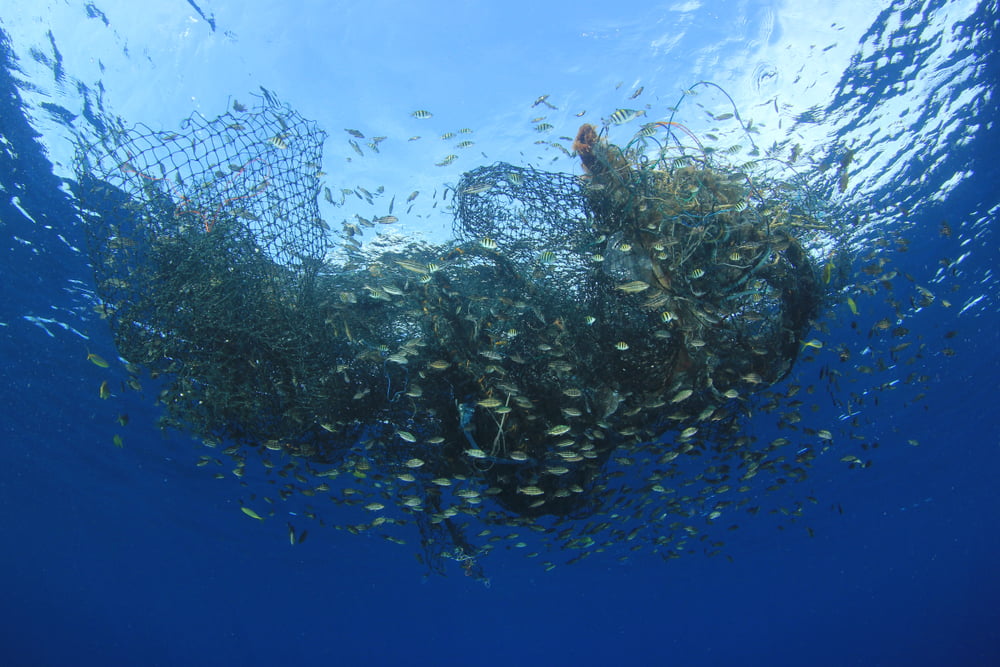

Features
How Are Sustainable Fishing Practices Evolving?
Many aspects of daily life have unforeseen environmental impacts that often go unnoticed. From the food we eat to the products we use, numerous factors contribute to ecological strain. For instance, transportation emissions from shipping goods across the globe, the carbon footprint of producing meat, and the energy-intensive manufacturing processes all take their toll on the environment. Even seemingly harmless activities like household waste disposal can have detrimental effects if not managed properly.
Amidst these considerations, activities like fishing also play a significant role, with overfishing depleting marine ecosystems and disrupting biodiversity. Thus, it’s crucial to acknowledge and address these overlooked environmental impacts to foster a more sustainable relationship with the planet. This includes following greener fishing practices.
Over the past century or so, unsustainable fishing practices have had truly catastrophic consequences on the natural environment. Over a third of all global fishing stocks were overfished in 2017 alone. Concerns over long-term fish stock depletion have skyrocketed in recent years, and a lot of work has been done to ensure the rapid evolution of sustainable fishing practices.
As more and more solutions and ideas hit the market, it can be hard to keep up. If you’re involved in the fishing industry and you’re looking for ways to up your sustainability credentials, then here are some of the ways that practices have been evolving in recent years.
Increasing regulation
National and international regulatory institutions are rapidly realizing the importance of strict regulatory frameworks in the fishing world. These have existed for decades of course, but they’re now having to adapt to meet the challenges of our times.
These cover a wide range of areas, from quotas to the kinds of gear that you are and aren’t allowed to use. It’s important to keep up to date with these regulations, both to make sure that you’re legally compliant and doing what’s best for the industry.
Using equipment that’s built to last
A core element of any sustainable practice is to use equipment that’s built to last. Whether that’s high-quality sources of protective clothing from somewhere like Stormline, investing in the right kit ultimately leads to less waste in the long run.
While it might involve making a more substantial initial investment, you’ll likely end up making savings in the long run, as you find out that you have to replace your kit less frequently than you’d have to with lower-quality items.
Community informed approaches
While regulations made by centralised authorities do play a role in sustainability, increasingly it’s being recognised that communities on the front line have equally important insights. By working with communities that are directly affected by overfishing and other sustainability-related issues, the industry is able to gain direct insights into these issues that are based on centuries of fishing tradition, the kinds of insights that are impossible to come by through detached scientific analysis alone.
Specialised fishing gear
Lastly, one of the least sustainable practices in the fishing industry is the use of fishing gear that results in substantial bycatch.
By using the latest technologies, such as underwater drones and advanced GPS, it’s possible to massively cut down on the overall environmental impact of fishing practices, substantially reducing bycatch in the process.
Investing in these kinds of technologies can also increase the overall efficiency of the fishing process, resulting in a higher-quality catch and a higher yield for less time and effort.
This is obviously a rapidly evolving field, and it’s important that you make an effort to stay up to date. If big changes are made in fishing sustainability in the next few years, the industry could be left with insurmountable issues. In this process it’s important to recognise the utility of both technological developments and social insights, often emerging from places that you wouldn’t expect them to.


 Environment10 months ago
Environment10 months agoAre Polymer Banknotes: an Eco-Friendly Trend or a Groundswell?

 Environment12 months ago
Environment12 months agoEco-Friendly Home Improvements: Top 7 Upgrades for 2025

 Features9 months ago
Features9 months agoEco-Friendly Cryptocurrencies: Sustainable Investment Choices

 Features10 months ago
Features10 months agoEco-Friendly Crypto Traders Must Find the Right Exchange





























